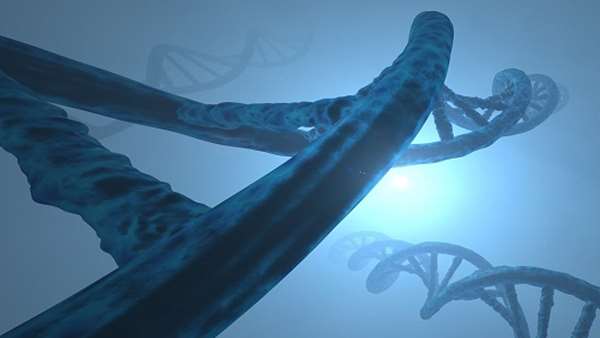Scientists Find and Repair Flaw in CRISPR Gene-Editing
To date, CRISPR gene-editing remains to be one of the most promising medical treatments currently being studied by researchers worldwide.
To date, CRISPR gene-editing remains to be one of the most promising medical treatments currently being studied by researchers worldwide. However, it is also among the most controversial as it involves altering a person’s DNA which could be risky due to the high percentage of failure.
However, a team of researchers from the University of Illinois in Chicago has reportedly discovered what causes CRISPR to fail. In a study, published in the journal Molecular Cell, the researchers explained not just how the treatment fails, but how it could be improved.
CRISPR is a tool that allows scientists to cut or add genes from or to DNA. It makes use of an enzyme known as Cas9 to cut unwanted DNA. Once Cas9 makes the incision on both sides of the DNA, it is removed and the cell can either initiate repair to glue the two ends of the DNA strand. Or, Cas9 can allow the cell can die or be “deleted”.
According to the researchers, the error which occurs about 15 percent of the time is due to the Cas9 protein that persistently attaches itself to the DNA at the cut site. This prevents the DNA enzymes from repairing the cut.
“We found that at sites where Cas9 was a ‘dud’ it stayed bound to the DNA strand and prevented the cell from initiating the repair process,” Bradley Merrill, an associate professor of biochemistry and molecular genetics in the UIC College of Medicine, explained.
Merrill and his colleagues also discovered that Cas9 was highly likely to be ineffective in gene areas where RNA polymerases were inactive. Furthermore, the study also revealed that the interaction between the Cas9 and the RNA polymerase could be triggered by recombining the former to just one of the strands of the DNA double helix. This turns the “dud” Cas9 into an inefficient genome editor.
“This new understanding is important for those of us who need genome editing to work well in the lab and for making genome editing more efficient and safer in future clinical uses,” Merrill went on to say.
“If we can reduce the time that Cas9 interacts with the DNA strand, which we now know how to do with an RNA polymerase, we can use less of the enzyme and limit exposure. This means we have more potential to limit adverse effects or side effects, which is vital for future therapies that may impact human patients.”
Reference:https://www.cell.com/molecular-cell/fulltext/S1097-2765(18)30447-7





ارسال به دوستان